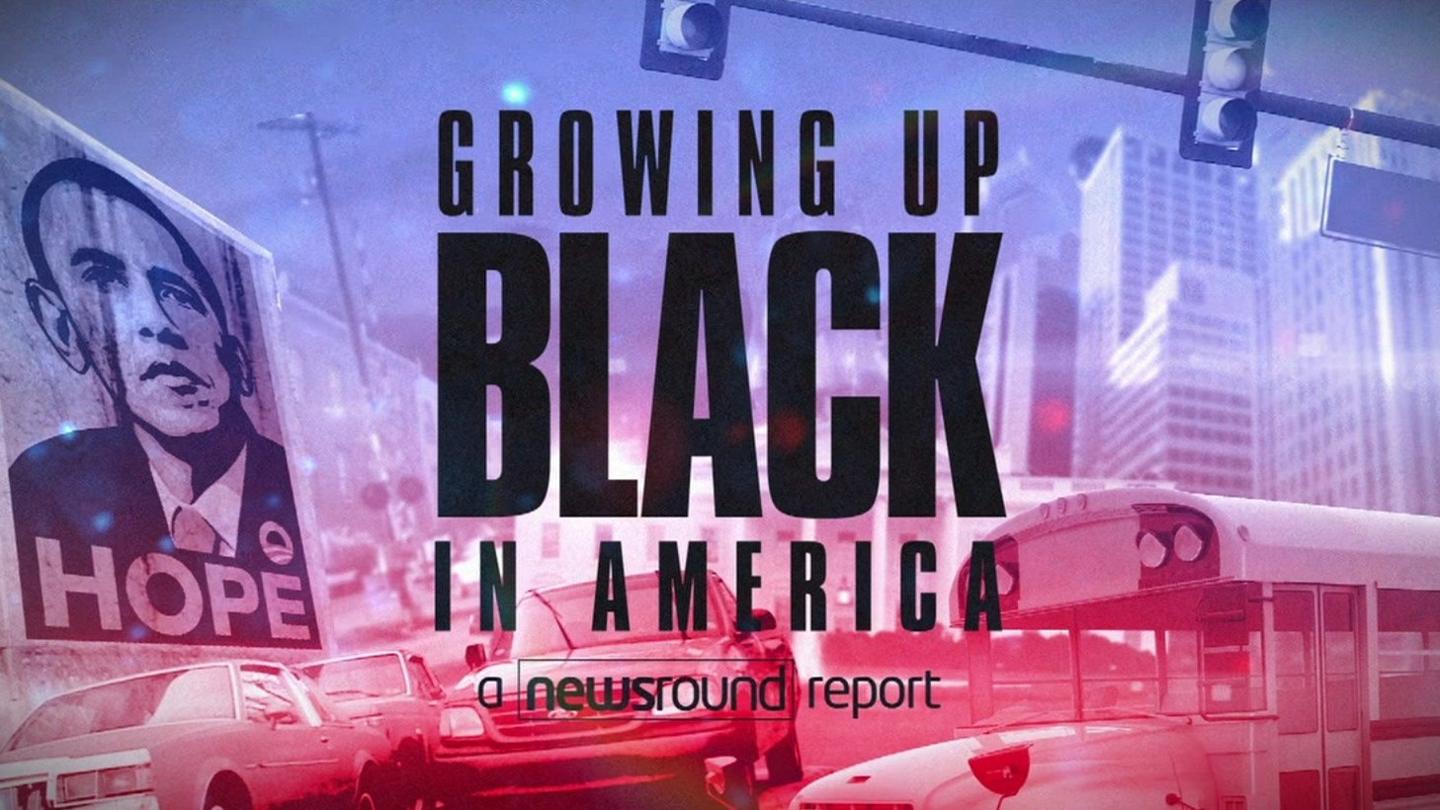International Day for the Abolition of the Slave Trade: What does this mean?
- Published
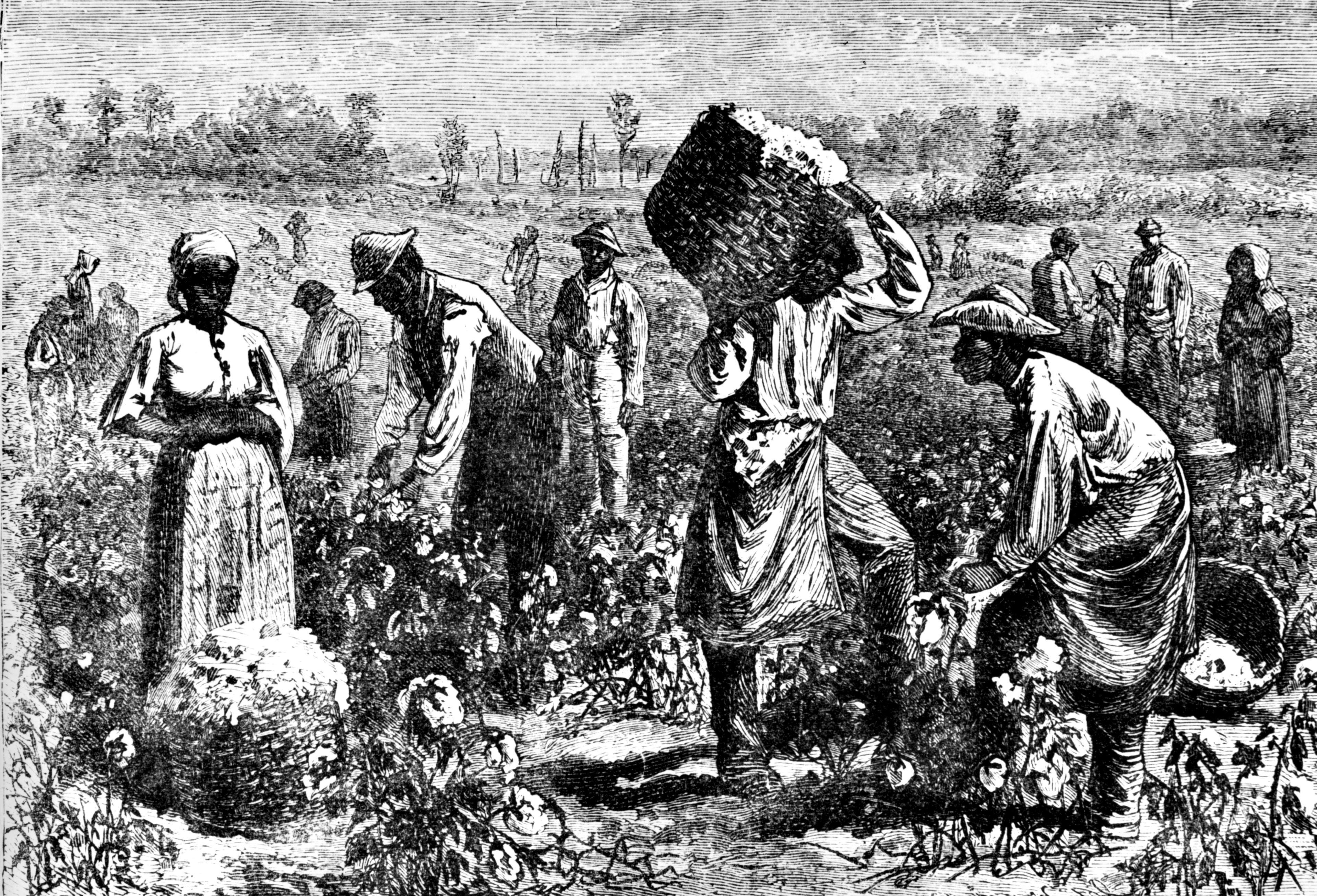
On Friday 23 August, the world is marking the International Day for the Abolition of the Slave Trade.
The slave trade refers to a period in history when it used to be completely legal to buy and sell black people as slaves, bought and sold across routes around the Atlantic Ocean.
But on the night of 22 to 23 August 1791 in Santo Domingo (which is today Haiti and the Dominican Republic), an uprising began that would be extremely important in abolishing it.
The day, led by the United Nations, is marked with cultural events and debates in lots of different countries to remind people of this shameful period in history.
Find out more about it below.
What was it?
Since about 1500, there was a lot of money to be made buying and selling people as slaves.
Slave ships from Britain left ports like London, Liverpool and Bristol for West Africa, carrying goods such as cloth and guns to be traded.
These goods were traded for men, women and children who had been kidnapped then sold to slave traders or bought from African chiefs.
Millions of families were separated. They were then tightly packed onto slave ships and travelled for months to the Caribbean or to North and South America. This was called the Middle passage where many people died on the journey because the conditions were so bad.
It is thought at least 24 million Africans were sold to slave traders around the world.
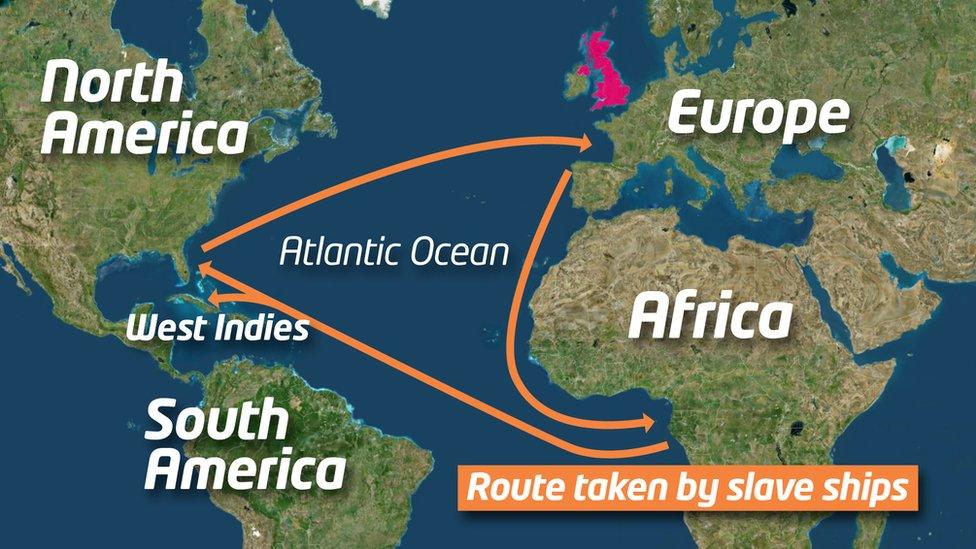
The orange arrows on this map show the journeys along which slaves were transported to be bought and sold. This was called the Atlantic slave trade, as it took place across the Atlantic Ocean
In the Caribbean, North and South America enslaved Africans were sold to the highest bidder at slave auctions. They were then forced to work for nothing on big farm lands called plantations growing things like sugar cane and coffee.
These people had no rights and were treated very badly. Goods such as sugar, coffee and tobacco were bought and carried back to Britain for sale on the ships.
Many people got very rich off this trade and it made Britain lots of money.
How were slaves treated?
It was a very hard life as a slave and very difficult to imagine now.
Most slaves had no rights at all. Many had to change their name - sometimes to that of their owner.
They would work really hard for up to 18 hours a day in very bad conditions.
They had a poor diet and no healthcare - often walking for miles in the hot sun, living in rough huts and sleeping on a dirt floor.
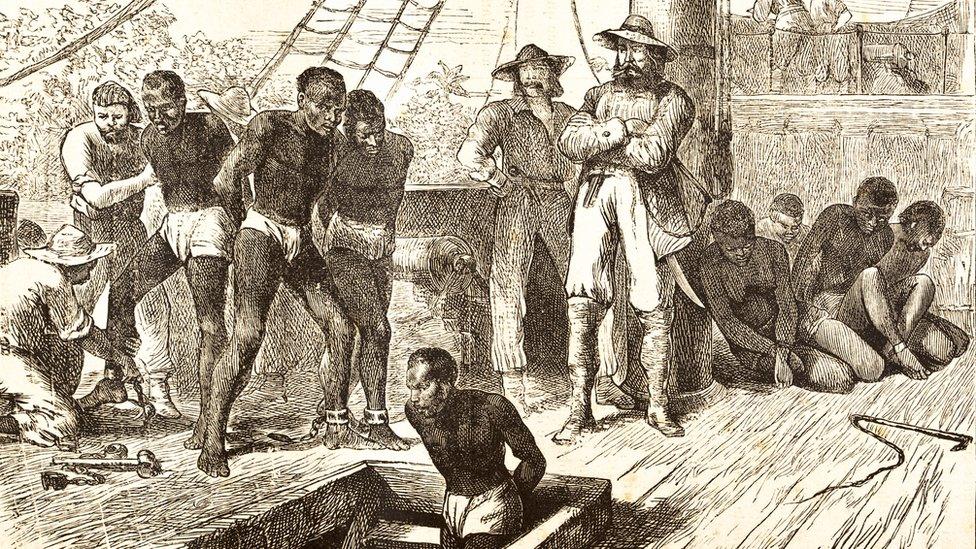
This engraving shows slaves being loaded onto a ship
Many masters would control their slaves by using violence.
Once a slave started work on a plantation, their life expectancy was shortened because they were worked so hard.
Being a slave was a hard, miserable life.
How was it abolished?
In the late 18th century, an anti-slavery movement began to get a lot of backing in Britain - firstly by some religious groups, such as the Quakers.
People began to stop using sugar, as they didn't want to be seen to be supporting the use of slaves on the big sugar plantations.
Thomas Clarkson spent seven years riding 35,000 miles on horseback across Britain, getting support for the anti-slavery campaign and, in 1787, persuaded the MP William Wilberforce to take the fight to Parliament.
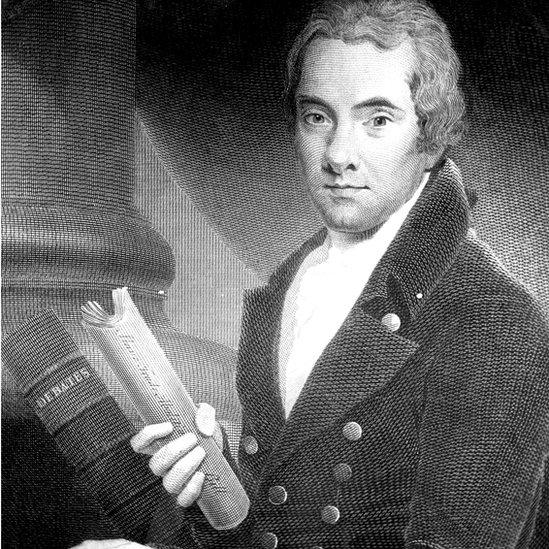
MP William Wilberforce (in this picture) took the issue to Parliament
At the same time, slaves were protesting about how they were being abused. One of these was Olaudah Equiano - a former slave who bought his own freedom and published a best-selling book.
The Abolition of the Slave Trade Act was passed by the British Parliament on 25 March 1807.
This law included a fine of £100 for every slave found aboard a British ship. At that time, the fine was so high it probably would have put the ship owner out of business.
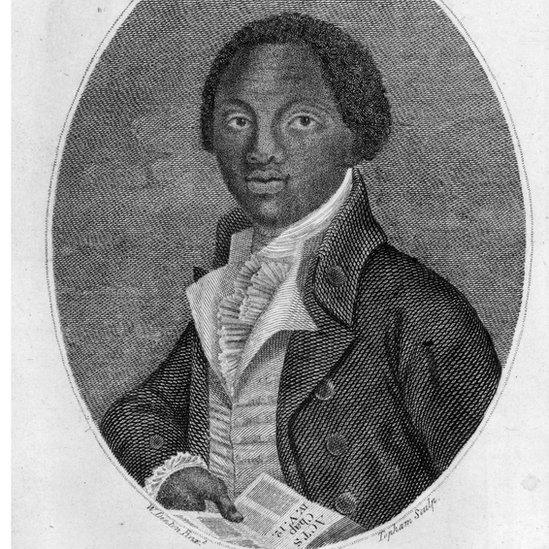
Olaudah Equiano published a best-selling book
The slave trade was then slowly wiped out, with slaves first being freed, but often signed up to work in "an apprenticeship" for their masters for five years.
By 1838, all of the slaves from this trade in the British Empire were formally set free. However, slavery did continue in other places.
Slaves didn't get any money for all the work they had done, but slave owners were given money for the loss of the slaves.
One example was the Bishop of Exeter who gave up 665 slaves and received around £12,700 for it, which is worth a fortune today.
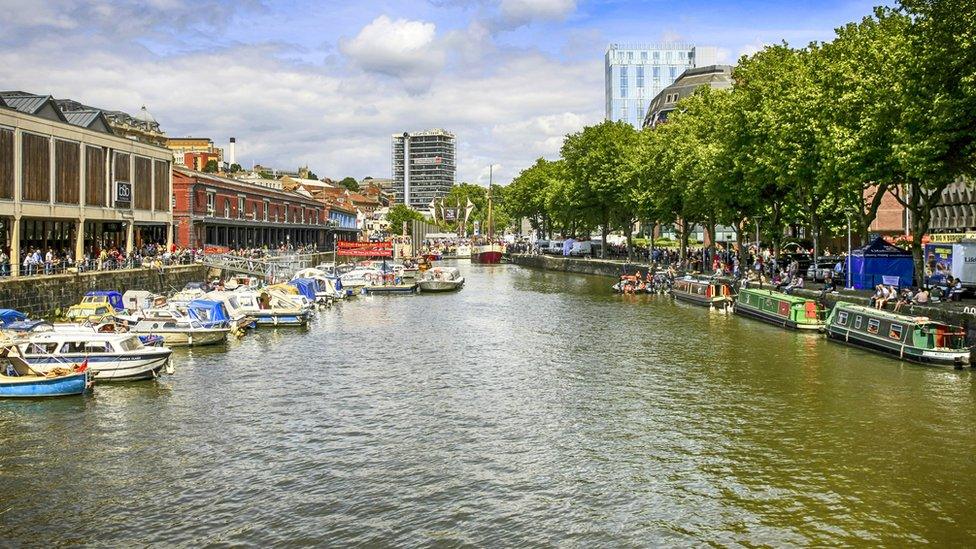
Bristol harbour, pictured here, used to the biggest slave port in England
Is there still slavery today?
Sadly, there are still some criminals who keep people as slaves today.
This is completely illegal and people are punished in the courts if they are caught doing this, just as they would be for other serious crimes.
It is also illegal to be involved with moving people around the country, or even abroad, to be used as slaves. This is called human trafficking.
This is one of the main differences between the modern slave trade and the historical trade - modern slavery is completely against the law.

Slavery is completely against the law nowadays
Most historical slaves also didn't used to have any rights, which is not the case now.
Nowadays, if anybody is being kept in awful conditions against their will and forced to do work they don't want to do, they have rights like anybody else. If they manage to escape, the police will protect them.
In the historical slave trade, if a slave escaped, the police would return them to their master and they would likely be punished for being a disobedient slave.
- Published2 October 2017

- Published26 September 2023
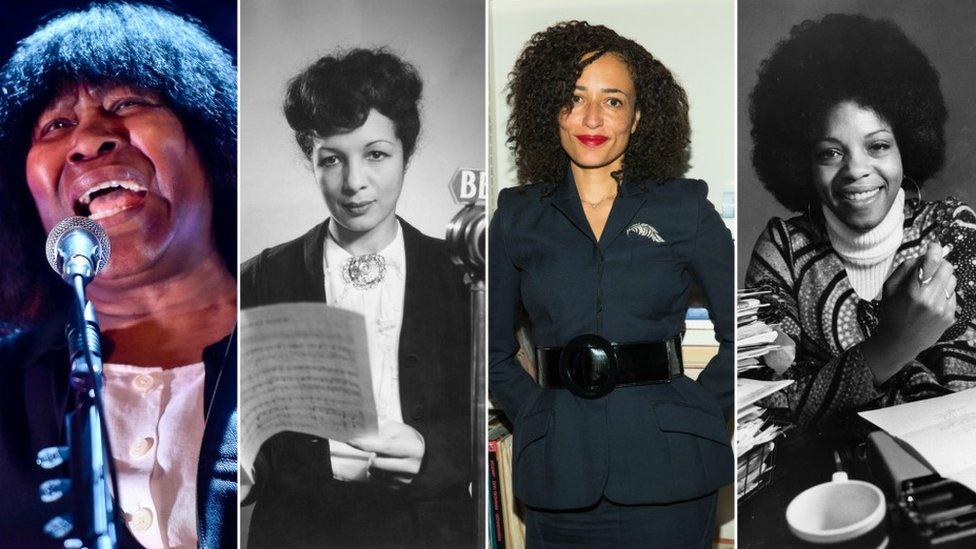
- Published2 June 2015
